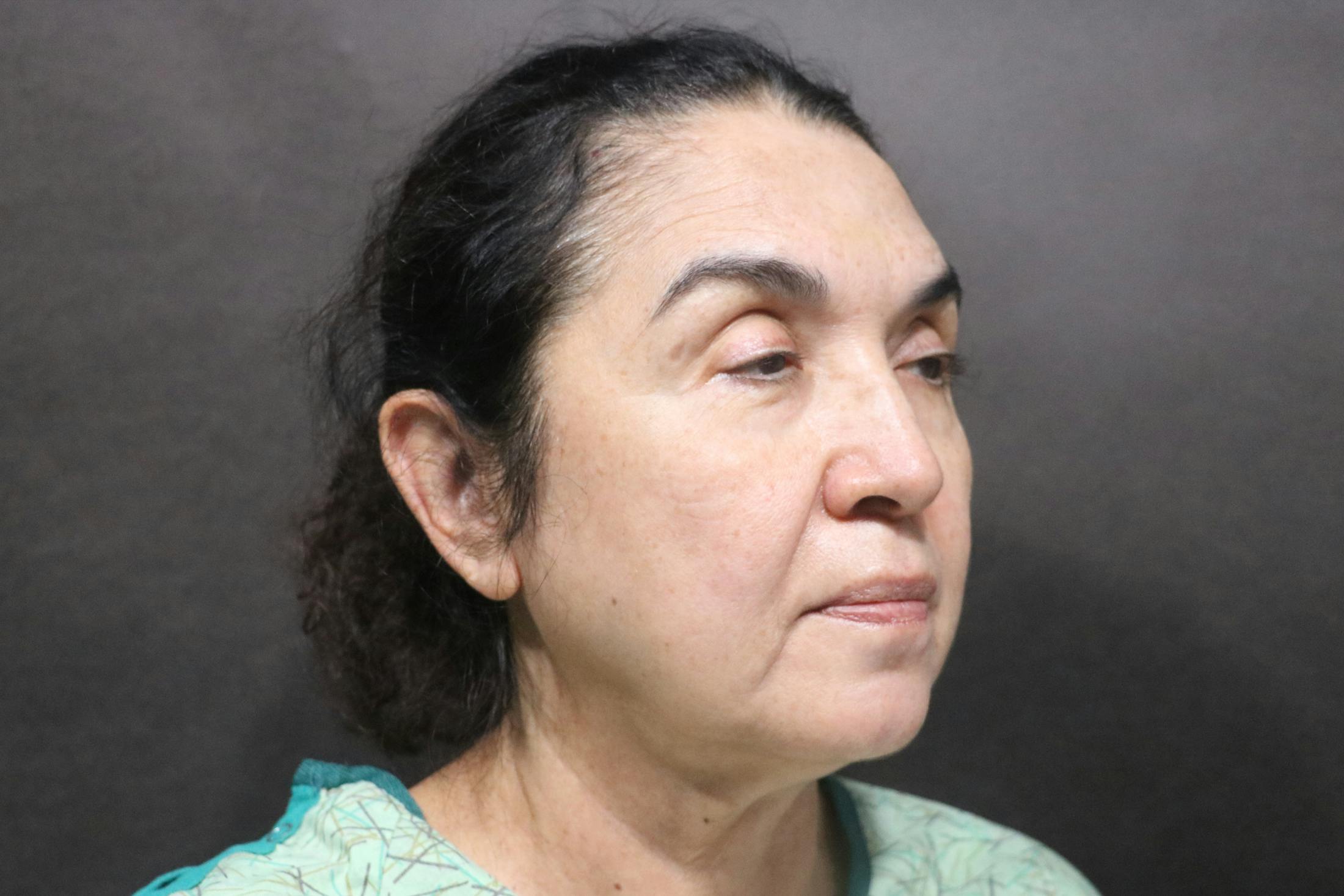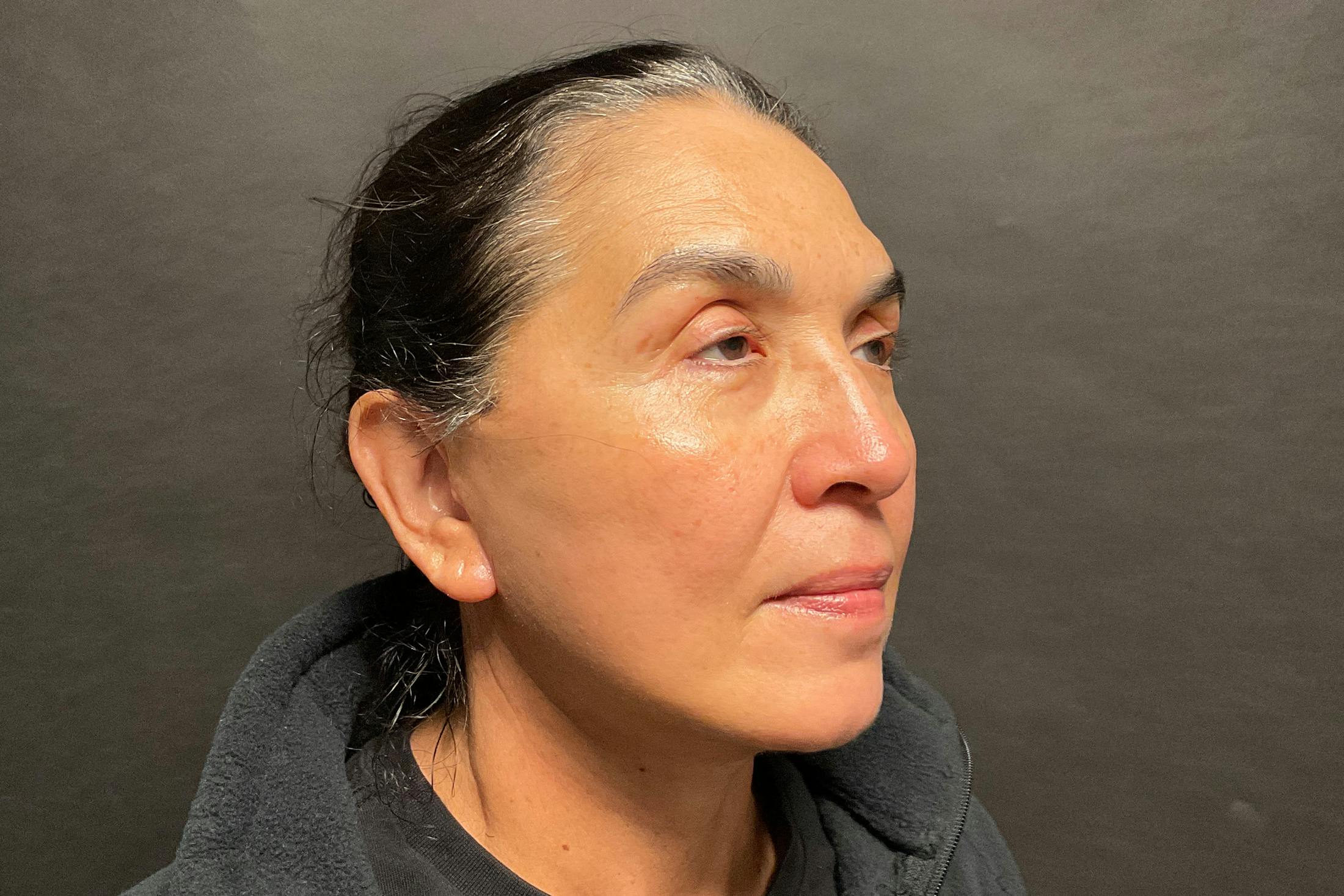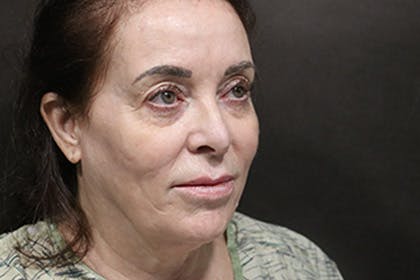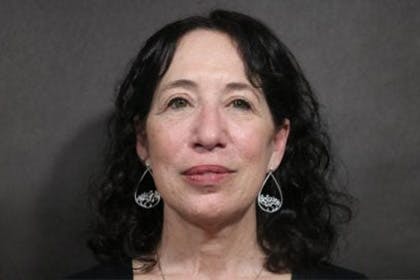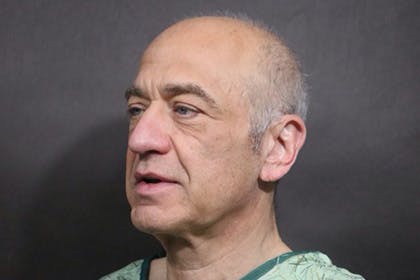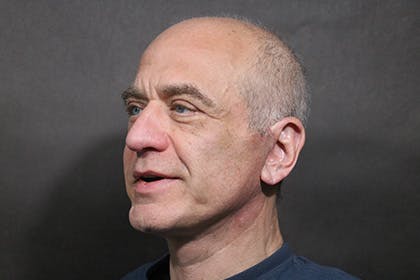Research into cosmetic facelifts, also called rhytidectomies, first began in the early 1900s. In the early days, the procedure only tightened the overlying skin of the face, so it did not provide dramatic changes in the same way facelifts do today. In 1976, a layer of tissue called the superficial musculoaponeurotic system (SMAS) was discovered by Dr. Martine Peyronie and Dr. Vladimir Mitz. With strategic tightening and suturing, the SMAS can be manipulated to change the overall shape of the face as a whole, revealing the contours of a patient’s younger self. By focusing on the SMAS, less tension is placed on the skin itself, and surgeons can effectively avoid the “windswept,” over-pulled appearance. The deep plane facelift takes it a step further by not just modifying the SMAS layer but also the underlying structures beneath it.
It was first described by Dr. Sam Hamra in 1990, but techniques since then have been improved upon. With this type of facelift, Dr. Korman targets and releases certain facial ligaments and creates certain points of tension to elevate the tissues. He will also work to elevate the malar fat pads, fat deposits just under the cheekbones, as well as deeper facial muscles. The deep plane enhances and tightens the midface as well as the lower part of the face, so the effects are more pronounced than a SMAS facelift. Finally, all deep plane facelifts include a neck lift, a procedure that corrects sagging skin in the neck caused by weight loss or loss of elasticity. All in all, this procedure works well for those with significant signs of facial aging.




